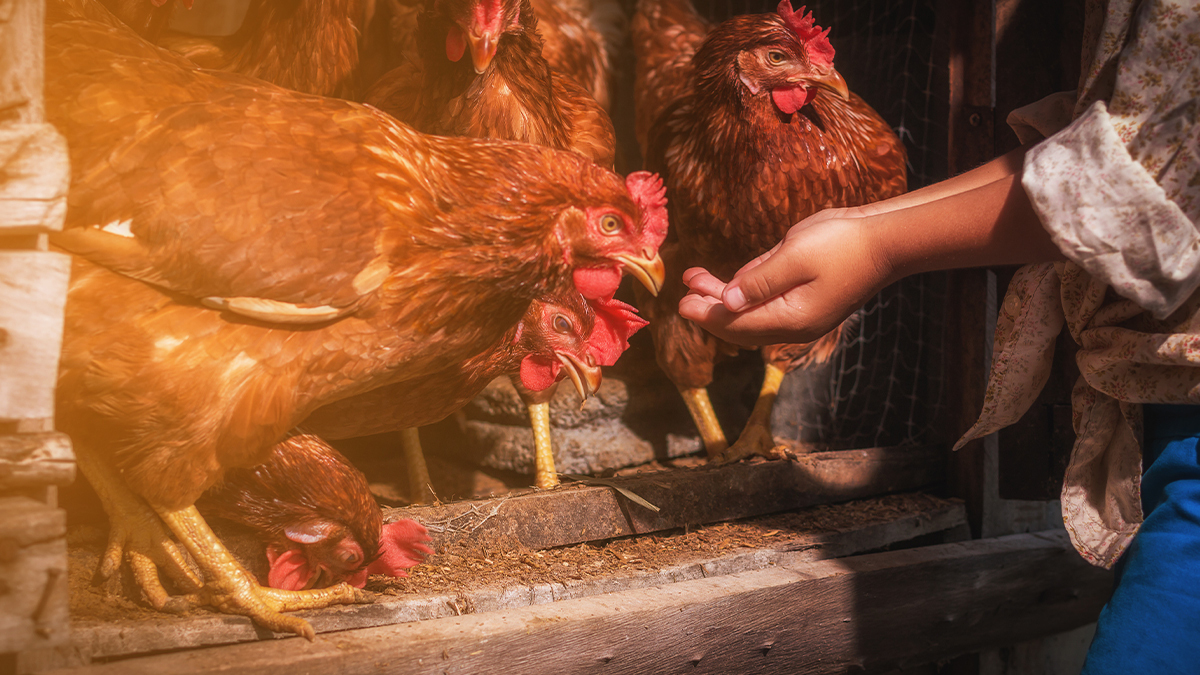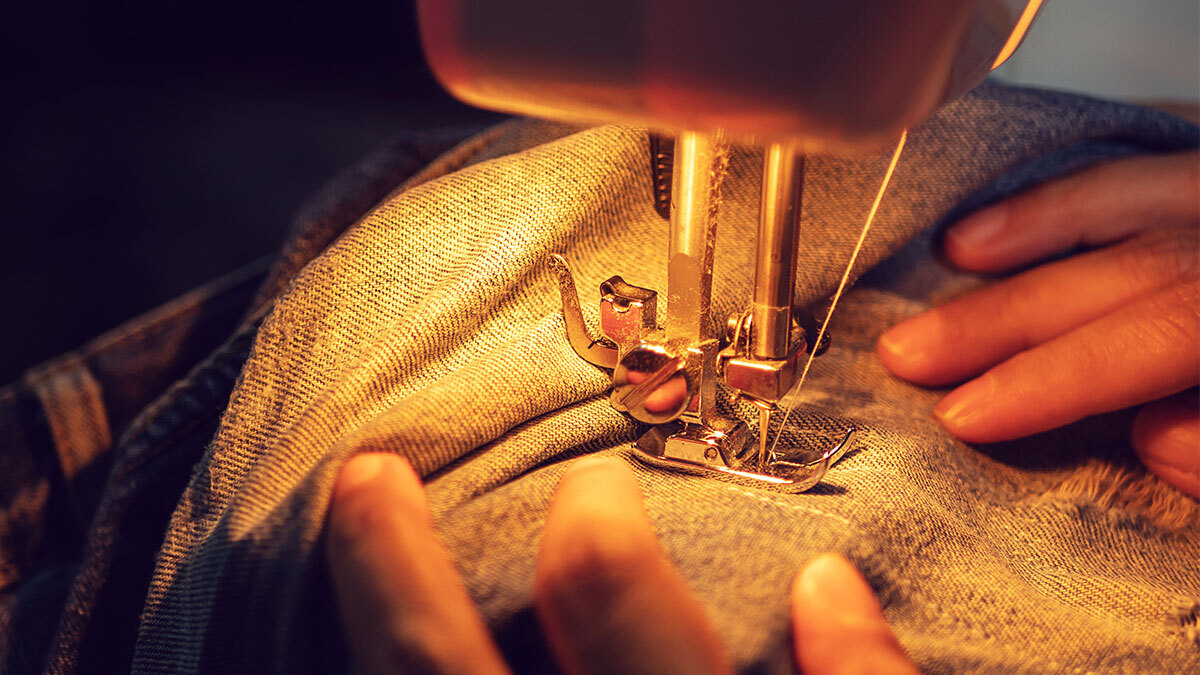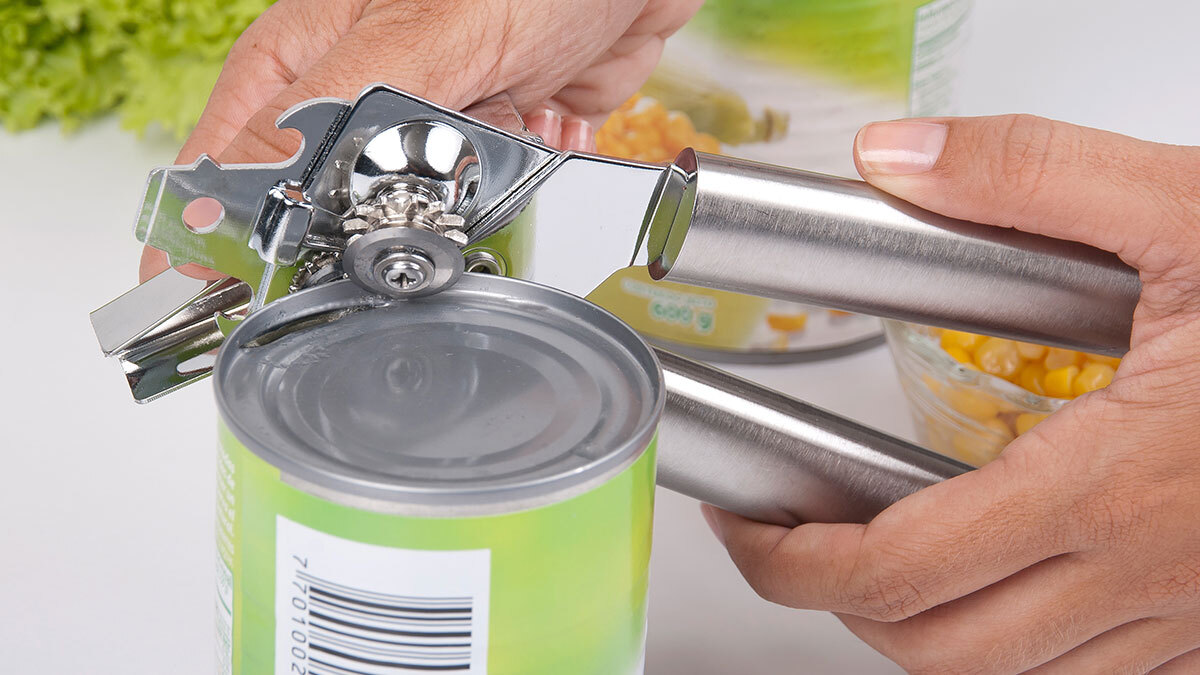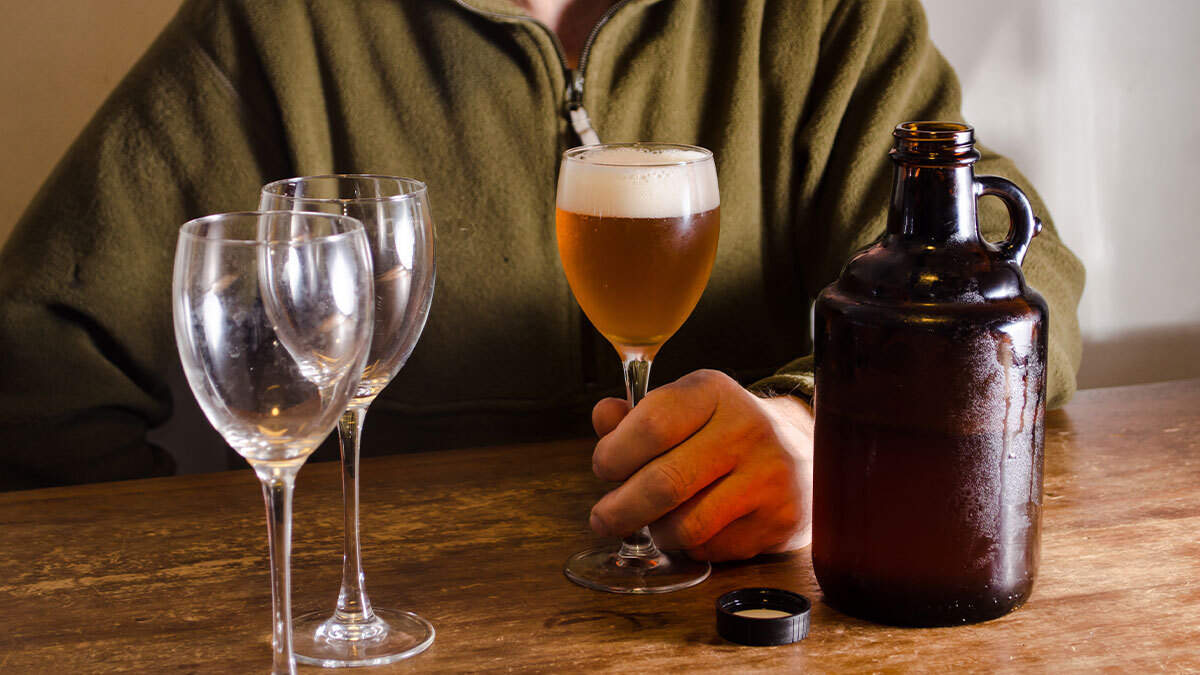on
If you’re a homesteader—or even just a pet owner—your animals probably mean the world to you. And as with anything you care about, it’s important to educate yourself on ways to protect them.
In survival situations, animals get hurt just like we do. Animal injury isn’t so much a matter of “if” but rather “when.” That means you can’t forget about your animals’ first aid needs, along with your own.
Here are the items that should be at the top of your list for a domestic animal or livestock first-aid kit. If you don’t have them yet, don’t worry, it’s never too late to start!
Saline Solution/Antibacterial Solution
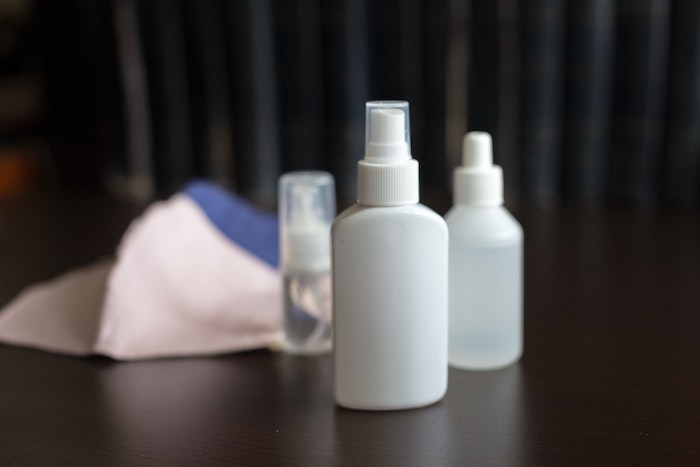
Cleanliness matters all the time but especially when you administer first aid. Saline solution is a great way to clean your hands before and after performing first aid. It’s also a great way to clear the wound area so you can get a better look at the situation you’re dealing with.
After saline solution, antibacterial solution should be next on your list. Use an antibacterial solution to clean a wound and prevent bacteria from causing an infection. You can also use antibacterial solutions to clean your hands or anything else that comes into contact with your animal’s wound.
Gauze/Bandages
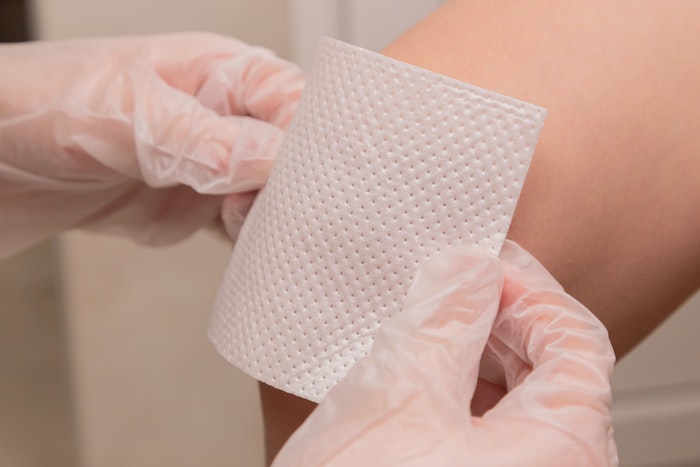
This may seem like complete common sense, but it’s worth the reminder to check up on your gauze. Gauze and bandages are needed to cover any open wound, cut, scrap, or burn.
Once you clean the wound, cover it to prevent additional bleeding and to keep it free of dirt and germs. Make sure you have enough gauze and bandages for multiple days. They will need to be changed often, so plan accordingly and don’t skimp in your livestock first-aid kit! Stock for the proper number and size of your animals, and then add a little more.
Spray Dressing
Spray dressing is a super easy item to pack into a first aid kit. We all know that animals don’t sit still, so it can be hard to treat their wounds with contact dressing.
Spray dressing, on the other hand, requires no contact and is a way to treat minor scrapes and cuts in hard-to-reach places or when animals won’t sit still. The spray also acts as an antibacterial and can even help with scabbing.
Activated Charcoal
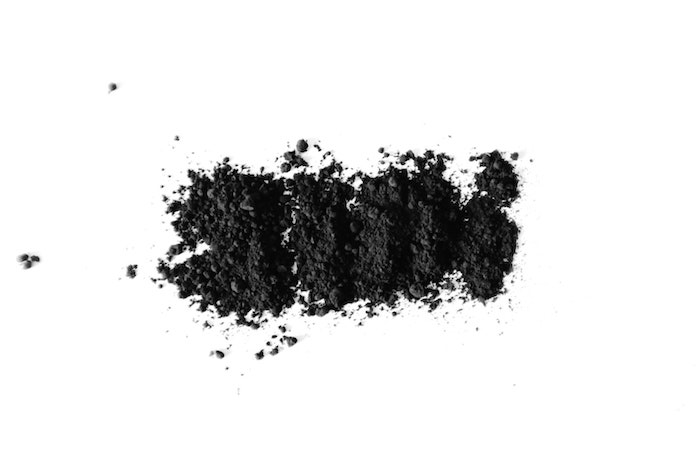
We all know animals eat things they shouldn’t. Sometimes that means your breakfast waffle disappears… sometimes it means your animals get themselves into something that can cause serious harm. If that happens, activated charcoal may just save their life.
Activated charcoal is commonly found in tablets made specifically for pets. This stuff acts as a sponge for toxins your pet ingests. If administered correctly, it should remove many poisonous substances. Even if your animal improves, make sure to call the vet right away.
Restraints
When animals get injured, they feel the pain no different than humans. Unfortunately, that can make them hard to handle.
Different animals will react to pain in different ways, but injured animals are usually skittish to the touch. They may even try to kick or bite you. Having an extra leash, muzzle, or other restraint on-hand may be helpful if you need to keep animals still while you treat them. While no one wants to restrain an animal, it may be necessary to treat their wounds or keep them from making an injury worse.
Tweezers (One for you and One for Your Livestock First-Aid Kit!)
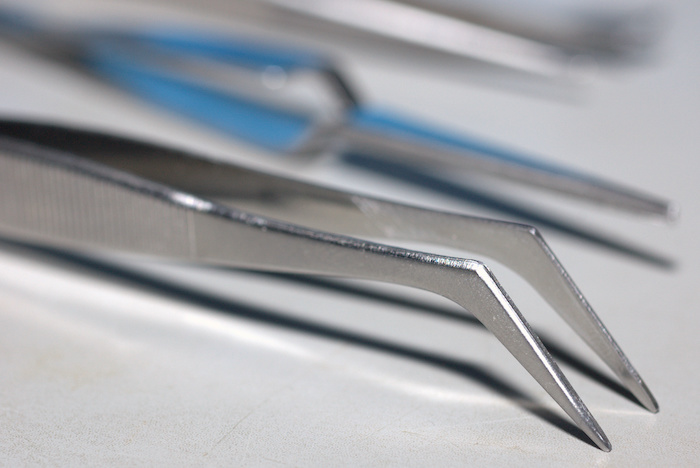
Finally, you should always keep a pair of tweezers in your livestock first-aid kit. Tweezers are great for pulling splinters. Animals don’t wear shoes (other than some of our furry hooved friends) so they’re more prone to injury from stepping on sharp objects. Having a good pair of tweezers can help you pull something out of a paw quicker and easier than with your fingers, all while helping keep your hands clean.
No matter what your plans are, make sure to keep your animals in mind when you create your first aid plans. If you need, you can purchase pre-made kits online or you can collect individual items for a homemade kit. Either way, just make sure to plan for those that can’t plan for themselves.
Get access to premium content and more!




